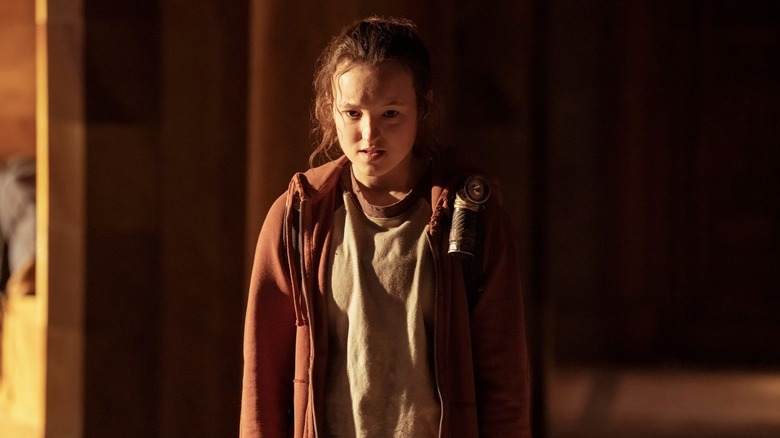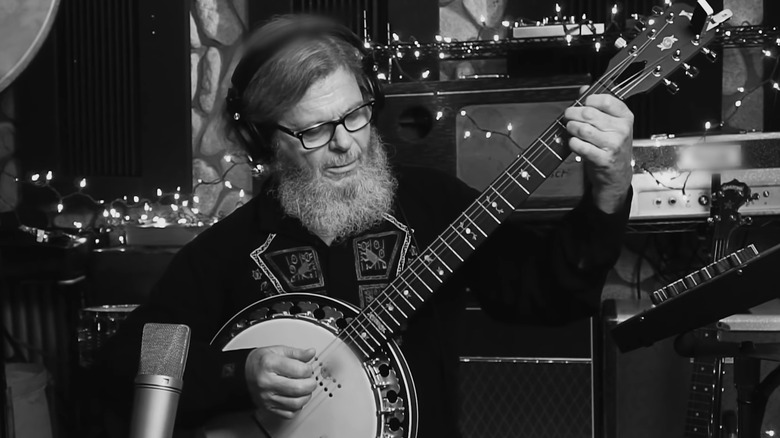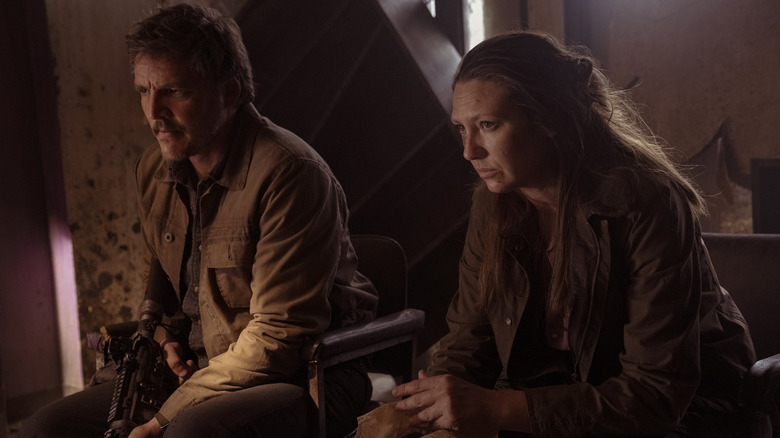Gustavo Santaolalla's Score In HBO's The Last Of Us Is Even More Impactful On Screen Than In Game
HBO's "The Last of Us" has proven itself in its first two episodes as a worthy adaptation of the video games, and a big reason for that success is the overlap of creatives involved. Along with Neil Druckmann, co-creator of both the game and the TV show, there is also Gustavo Santaolalla, the composer for both of the video games who returned to compose the music for the series.
Santaolalla brings the same emotion and beautiful compositions to the live-action series, only this time, his score feels even more essential than it did for the games. Parts I & II of "The Last of Us" had incredible graphics, narrative structure, level design, and gameplay to help elevate the material, lessening the load for the musical score while nonetheless making it a core part of the atmosphere. With the TV series, Santaolalla's score is given much more of a spotlight.
Gone is the intense survival gameplay that could sometimes move on quickly from emotional story beats. The first two episodes of the series have shown that the team behind the adaptation isn't afraid to take their time and expand on the less action-heavy moments of the games. With that comes a further emphasis on both the actors' performances and the score. Luckily, Santaolalla rises to the occasion, bringing all of the memorable musical pieces from the game along with newer, extended tracks that let viewers really live in the post-apocalyptic moment.
Music that tells its own story
The opening title sequence of the HBO series is like a weekly revisit of the chill-inducing opening credits of the original game. Gustavo Santaolalla's main theme for "The Last of Us" is sweeping and epic. Its use of a Ronroco and other stringed instruments feels like a musical preparation for the journey ahead. The opening sequence with this track is one of the most cinematic parts of the original game, structured like the opening for a movie. When translated to the HBO show, Santaolalla doesn't miss a beat. Much of the original spirit of the game's score is carried over into iconic scenes that shouldn't be changed. Hey, if it ain't broke, don't fix it.
However, Santaolalla also manages to strike a delicate balance by using softer, more melancholic music for the quieter moments in "The Last of Us." A prime example in the first episode is a scene where Tess crawls into bed to hide out with Joel after being savagely beaten, with only music accompanying the bittersweet and tender moment. There is no level design or gameplay to distract from the moment. All that remains is the music to emphasize the dour mood and quiet emotion of the series, and to help illustrate Tess and Joel's relationship with little of the dialogue that the game used to help players fill in the blanks. The music practically tells its own story, getting room to breathe along with many narrative aspects of the adaptation.
Elevating new story moments
As is expected from a television adaptation, scenes from the game are stretched out, or entirely new ones are added so that the story is adequately translated through a different medium. Some cutscenes in the video game, such as Tess' emotional death, are without music. The HBO series doesn't have that luxury, but Gustavo Santaolalla's score fills the silence with strings. So, when Tess makes that same sacrifice in the tv show, the music elevates the tension and plays a critical role in taking story beats from the game and reshaping them in new and exciting ways.
Overall, just as fans of the game can grow excited with the retelling of the game's story with additional world-building, the same can be said for Santaolalla's music. The composer's work on the series shows that creative overlap may prove essential in video game adaptations. The creatives returning after their work on the games bring familiarity to the project while also complementing the incredible acting from the likes of Pedro Pascal, Bella Ramsey, and so many others. Santaolalla is a talented composer, and the music in HBO's "The Last of Us" exemplifies everything that makes the adaptation work in the first place.


